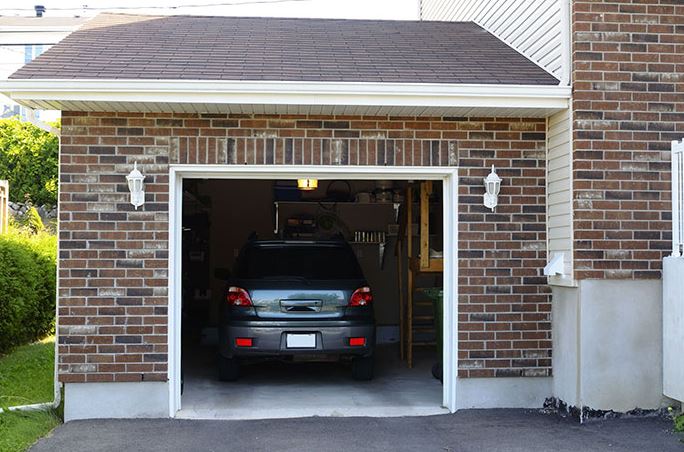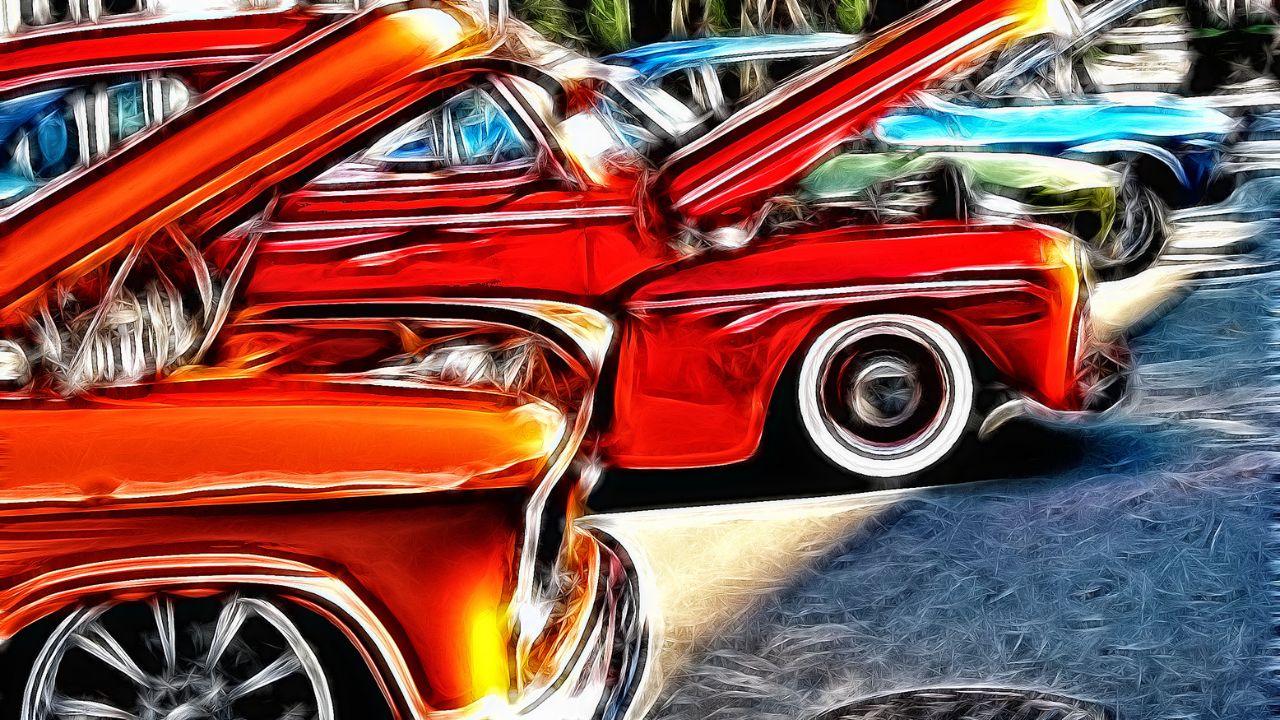
Larry was stunned by the 1969 Ford Cobra's originality when he first saw it. It was in a stunning condition, and still had its Raven Black paint finish. It was in need of a new paint job, but otherwise, the car was a great deal more original than Larry thought. This Cobra had been in Wisconsin its entire life and was rarely driven since new. Larry had the simple idea of bringing it up to the next level.
1969 Ford Cobra
This 1969 Ford Cobra car is a reference-quality muscle car and an investment grade vehicle. This car is the focal point of any collection. It has two longtime owners with over $75,000 investment. National Muscle Cars has it for sale. You can choose from three configurations: R, RS, or base. This configuration allows you to remove the engine from the car and install the transaxle and transmission in the front.
This Ford Mustang is the most powerful Ford vehicle of 1969. The Cobra four-speed transmission produces 335 horsepower. It comes standard with competition suspension. Motor Trend tested the Cobra 4x4 and it was able to complete the quarter-mile in 14.5 secs. Ram Air in the Cobra kept the driver well-placed so that there wasn't motion sickness. It is capable of turning sharp corners, but can also become hairy.

1993 Ford Mustang SVT Cobra
This 1993 Ford Mustang SVT Cobra is a limited-production version of the Fox body sports car. It came equipped with a 5.0L V8 engine that is tuned to deliver more power. The car's original rating was 235 horsepower with 280 lb-ft of torque. SVT tuning team used the Mustang GT as a basis and replaced the car's cylinder head with GT40 parts. The engine had other modifications, including a modified intake manifold as well as camshafts. It also featured vented disc brakes.
The engine was powered by a 302CI V8 engine that produced 235 horsepower. It was fitted with GT-40 "High Flow" Cast Iron heads with larger valves and intake port designs. These heads were topped by GT-40 lower intake manifolds and a special tubular cast aluminum upper intake modeled after the GT-40. The GT-40 manifold diverted air into a series of rectangular ports. H.O. was larger than the throttle body of the Mustang Cobra. spec engines.
1999-2004 Ford Mustang SVT Cobra
SVT provided a performance convertible called the Ford Mustang SVT Cobra between 1999 and 2004. It used the same V6 engine, but was modified to improve its handling and performance. The Cobra received an aluminum flywheel in addition to its V6 engine. The suspension was also revised with adjustable damping rates. This car had forged alloy wheels with 245/45ZR-17 BFGoodrich CompT/A tire tires. Its distinctive sound was a low growl that began at moderate cornering speeds but grew into a sharp howl when the car reached its limits.
SVT engineers were able to remove 50 pounds of weight from the car's front end. Twenty of this weight came from the engine, while six pounds were removed from the Cobra's coil-on-plug direct ignition system. The new Mustang SVT Cobra's 55/45 fore/aft ratio is about one foot smaller than the predecessor. The new SVT Cobra is 110 pounds lighter than its predecessor.

2010 Ford Mustang Cobra Jet
Ford Mustang Cobra Jet, a supercar with high performance that debuted in 2008, is the Ford Mustang Cobra Jet. This is the fourth-generation of the supercar, and it has a variety of upgrades to help it achieve such performance. Cobra Jet's 2010 model features a brand new fuel system. This system uses a return system in its trunk. Aluminum has been used to replace the intercooler coolant tank. This increases its capacity and resists pressure better. The supercar comes with fans and a "line lock", which disables the rear brakes when there is a burnout.
The 2010 Cobra Jet begins as a basic white Mustang. Watson Engineering installs a cage, among other modifications, on the vehicle. It also gets a NHRA-legal rear side delete panel, firewall and transmission access doors. It's then shipped back to AAI, where it receives its roaring new Cobra Jet performance name and logo. The Cobra Jet is equipped with a modified engine and suspension that gives it a significantly higher horsepower than the V6 version.
FAQ
How do I fix my car for a hobby?
Why not make it a hobby if you're interested in cars? You can repair them, buy their parts, sell them, or just have fun with them. This would be a wonderful hobby if you're looking to find something completely different.
It isn't easy to turn it into a full time job. It requires a lot of hard work and dedication. You'll also need to invest a lot.
You might not have a compelling reason to get involved in the car industry.
How can I prepare myself for a mechanic apprenticeship
It is important that you understand the ramifications of your actions. You should be familiar with the mechanics of cars, and how they work. This way, you know where to start when you go on your first day at the garage.
You should also know how to fix common problems such as tires or broken lights.
You will be able to diagnose and repair problems yourself.
You'll also need to know how different parts fit together to put them back together again.
Finally, it is important to know how tools can be used safely and efficiently.
These things will enable you to be a competent mechanic.
What is the length of an apprenticeship as an automotive mechanic?
A three-year apprenticeship in automotive mechanics takes. This includes two year at school as well as two years as an apprenticeship. The first year teaches you all aspects, from theory to practical skills and safety procedures. During this time, you'll also learn how to use tools safely and efficiently. You'll spend the second year in on-the-job training, where you will gain experience in various trades. These years will offer you the opportunity to attend formal classes.
The last year of the program is dedicated to gaining certification and qualifications in the field. These include NVQs (National Vocational Qualifications), that are given after passing specific industry exams. In addition, there are HNCs (Higher National Certificates) that cover general subjects such as management, business administration, and customer service. City & Guilds certificates may be available for those who are interested in becoming qualified in specific trades.
Statistics
- 52% of Mechanics in the United States think their salaries are enough for the cost of living in their area. (indeed.com)
- According to the BLS, the median annual salary for automotive service technicians and mechanics in the United States was $44,050 in May 2020. (uti.edu)
- The U.S. Bureau of Labor Statistics (BLS) reports that the job outlook for automotive service technicians and mechanics is expected to decline by 4% from 2019 to 2029. (indeed.com)
External Links
How To
How to get a mechanic certification
The mechanic's certifications can be used by people who wish to become professional automotive technicians. These certifications provide an overview of all aspects of auto repair including engine diagnostics and electrical systems, brakes. steering. fuel injection. air conditioning. heating. exhaust. diagnostic tools. body repairs. collision damage repair. collision repair. paintless dent removal. motor vehicle emissions testing.
The program comprises 12 hours of classroom instruction, and three months on-the job training at a participating dealership. Students must take a minimum 60-hour semester of classroom instruction. Additionally, students must pass a written examination that includes both theory and practical questions. Students may take the National Institute for Automotive Service Excellence's state exam after completing the coursework. For employment as an automotive technician, certification by ASE is necessary.